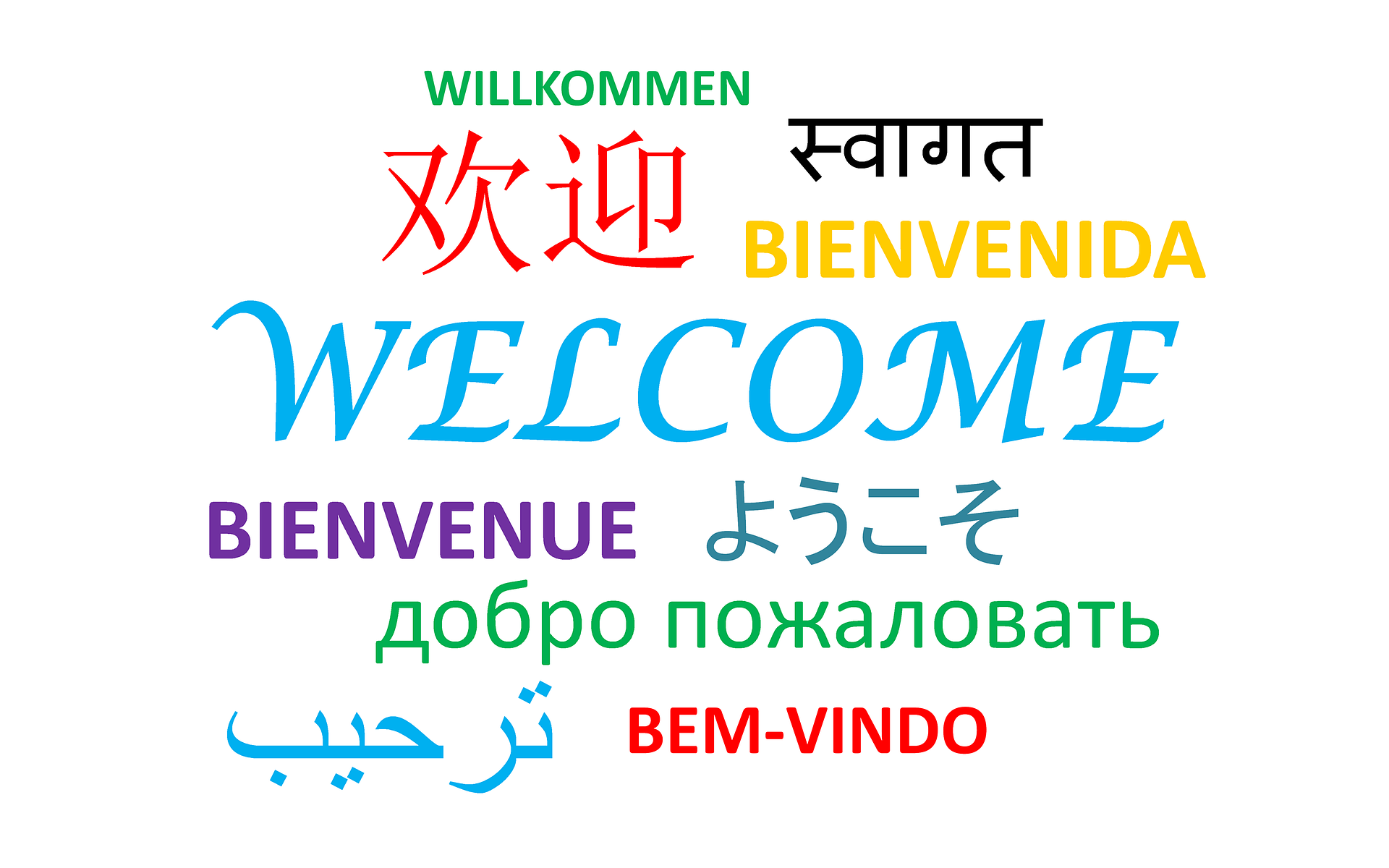Even with the recent decline in cryptocurrency prices, enthusiasm remains high among blockchain supporters. However, after more than a decade, several key problems still remain before wide-spread adoption can be expected.
Investment / Currency Dilemma
The first problem is the investment/currency dilemma. Blockchain evangelists repeatedly tell us what an amazing investment crypto currencies are. Then, they tell about how crypto is replacing fiat currencies. Unfortunately, however, it’s not possible to be both an investment and a currency. Why? Because the two are – for the most part – mutually exclusive. Investments require volatility – something we see in abundance with crypto currencies. However, an actual currency requires stability. Nobody wants to be paid for work done this month at a wage that is wildly fluctuating. So, we need to decide which it is – a currency or an investment.
While some currencies – known as stablecoins – strive to maintain a 1-to-1 relationship with the dollar, this seems to fly in the face of the argument that fiat currencies should be replaced with crypto currencies. While these stablecoins may work great for purchasing goods and services, why not simply use the dollar instead and save yourself the transaction costs?
Energy Consumption
I have previously blogged about the crypto energy issue. In short, crypto currencies consume massive amounts of electricity while many around the globe are arguing that we need to reduce energy usage to prevent climate change. However, even if you reject climate change; it’s no secret that many places around the world suffer from energy shortages. Even in the US, brownouts are not uncommon in many communities on the hottest days of summer. Is it really reasonable to consume massive quantities of energy to create digital money?
Cyber Terrorism
Crypto has a long history of being used for money laundering, drugs, hacking, and other nefarious uses. While many will argue that this represents only a very small portion of the crypto market, it none-the-less is a real concern that the crypto community needs to address. This is particularly obvious with the growth of ransomware demanding payment in Bitcoin. Regardless of the actually percentage of illicit usage, it still reflects poorly on crypto currencies and will cause increasing oversight by government entities which could negatively impact the crypto markets and long-term viability of blockchain technologies.
Quantum Computing
Nobody seems to talk about it much, but quantum computing could unravel the entire blockchain in the blink of an eye. Since crypto currencies depend on encryption, it is absolutely essential that the encryption algorithms used be unhackable. Given the history of encryption protocols, that seems unlikely. However, it becomes even more unlikely when quantum computing enters the mainstream. While it may be years off, the introduction of a large quantum computer would allow the owner to rewrite the entire blockchain by simply having the majority of computing power on the internet – something not unreasonable with a modest quantum computer. This would rapidly shift financial power into the hands of a single individual.
Conclusion
While I continue to hear people talk about all the great things crypto currencies have to offer, few are interested in addressing the issues that will either prevent widespread adoption or create growing threats to commerce moving forward. If, indeed, nobody is interested in resolving these issues to support the long-term growth of blockchain technologies, then doesn’t it support the notion that this is really nothing more than a Ponzi scheme?









